To find the kind of innovative employees needed to continue pushing the food movement forward, it’s important to look as much as listen. For instance:
“This position requires a vegetable costume as occasional work attire.”
That statement appears in the job announcements I post at the vegetable-loving nonprofit I run. While our jobs actually do require employees to don a peapod or carrot outfit from time to time, there’s another reason I post this — I need innovative employees. Whether I’m looking at a tomato costume, bell pepper tattoo or rainbow-colored socks, the suspicion remains the same: Here’s someone capable of thinking outside the garden box.
The food movement is a revolution that requires us to address decades-old policies, like nutrition standards in school lunch programs, and work to implement healthy change. The movement can’t afford to be led by people afraid of rocking the wheelbarrow. It needs people with the confidence to stand up to a school board or city council and demand a better system — someone who isn’t shocked by the idea of pulling on a veggie costume or sporting a carrot tattoo.
Soil Born Farm’s Harvest Sacramento program is a perfect example of vine-ripened thinking. Soil Born Farms maintains a database of local homeowners who allow volunteers to harvest their backyard fruit trees and donate the produce to people in need. If you sign up for a harvest, you’re likely to find as many tattoos as grapefruits.
In a Harvard Business School study, The Red Sneakers Effect: Inferring Status and Competence from Signals of Nonconformity, researchers found that people viewed coworkers with the self-assurance to dress casually and disrupt traditional business attire as more innovative and competent. In my own experience, employees who get excited about putting on vegetable costumes tend to be more creative.
While the food movement is certainly filled with number-crunchers and human resource wranglers, they are often multi-taskers. The program officer at my nonprofit is a trained bug scientist. She also manages our Quickbooks. Yet when she’s writing programs for kids, whimsy and creativity take over. Pieces of fruit become butterfly wings and sliced tomatoes dotted with olives become ladybugs. She also sports a tattoo under her flourescent orange food-themed t-shirt, her typical office uniform.
The casual work environment is typically associated with Silicon Valley and savvy technology startups, but in the food movement, finding a suit and tie is like finding a can of spam growing on a vine: It just doesn’t exist. In a movement that values innovation, it’s no surprise that employees punch the clock in corduroys and rainbow socks.
Since 2012, dozens of rebel food-based organizations have rallied around the creation of an urban agriculture ordinance, forming an ad hoc group called the Sacramento Urban Agriculture Coalition. On March 24, the Sacramento City Council voted to allow increased gardening in residential neighborhoods as well as the sales of the freshly harvested fruits and veggies at front-yard farm stands. During public commenting, Councilmember Allen Warren asked the audience of over 100 people to stand if they supported the ordinance. The entire room stood up. In a sea of green t-shirts with vegetable slogans, work boots and Converse shoes, food movement activists stood unanimously in favor.
Related: The Battle for Urban Ag
“It’s rare to have an ordinance this large that has no opposition,” noted Councilmember Steve Hansen, who also voted yes.
It takes a healthy dose of rebellion mixed with innovation to get this kind of work accomplished.
Richard Florida, author of the 2002 best-seller The Rise of the Creative Class, coined the term “no-collar workplace.” He believes creative people don’t wear uniforms. For years I complied with the formal nonprofit dress code, working in suits alongside social workers serving the poor. It never made much sense to me, and I always felt like I was putting on airs.
It wasn’t until joining the food movement formally in 2011 that I found myself surrounded by like-minded no-collar compatriots. Whether we’re working to change city codes, inspire kids to eat vegetables or plant urban farms, folks in the food movement are in the business of creating change. We’re not just changing out of business suits, we’re changing the notion that boardrooms are reserved only for those committed to the old way of doing — and eating — things.
Recommended For You
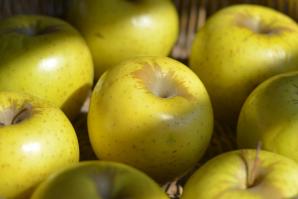
The Great Big Local Food Movement
As more consumers demand local fare, large food services and producers shift focus
Can large institutions, like college campuses, get involved with farm-to-fork? Can they leverage their buying power and still provide a local food experience on a large scale? Customer influence is making an impact on big buyers, inspiring sizable companies and organizations to launch full-tomato into buying local.
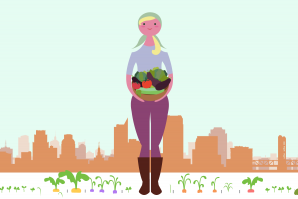
The Battle for Urban Ag
Community organizers fight for rights to sell the food you grow
In a county where 218,510 residents are food insecure (meaning they don’t know where their next meal will come from), and where a local food bank will distribute groceries to 40,000 individuals each month, food activists are continually innovating ways to break the cycle of poverty—for good. The solution is actually under our feet: the soil.
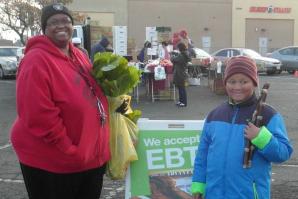
Healthy Options
Farmers markets and urban growers combat local food deserts
Despite living near some of the most productive farmland on earth, many Sacramentans are unable to find produce that’s both fresh and affordable in their own neighborhoods.
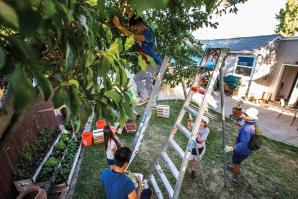
Scavenger Hunt
Unpicked produce can change the way food banks feed the hungry — you just have to know where to look
“Eat local.” You’ve heard the phrase a billion times. It’s the guiding principle of the farm-to-fork movement, nudging us away from the Industrial Food Complex and toward our neighborhood farms. But there’s something even more local than a ranch down the road: the orange tree in your front yard.



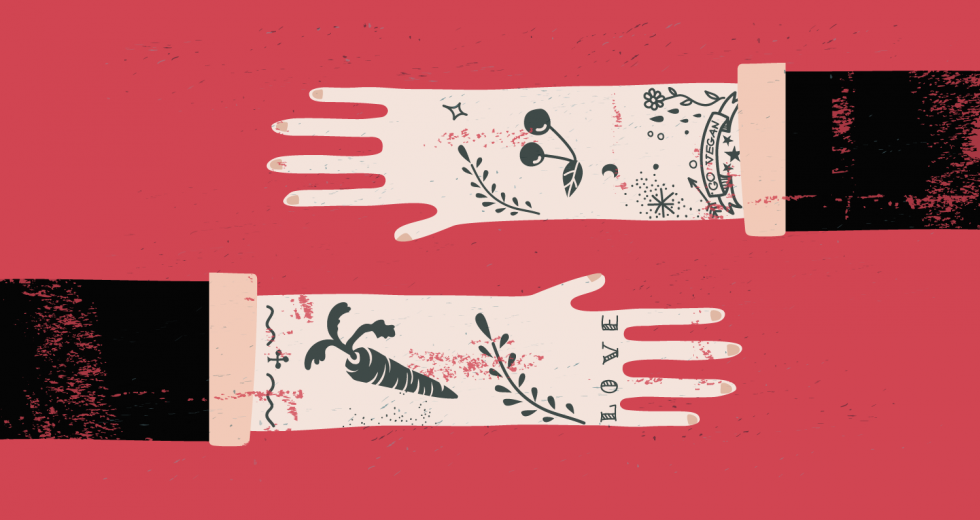
Comments
Great piece! I'm so proud of my adopted home town. Thank you for all your good work.